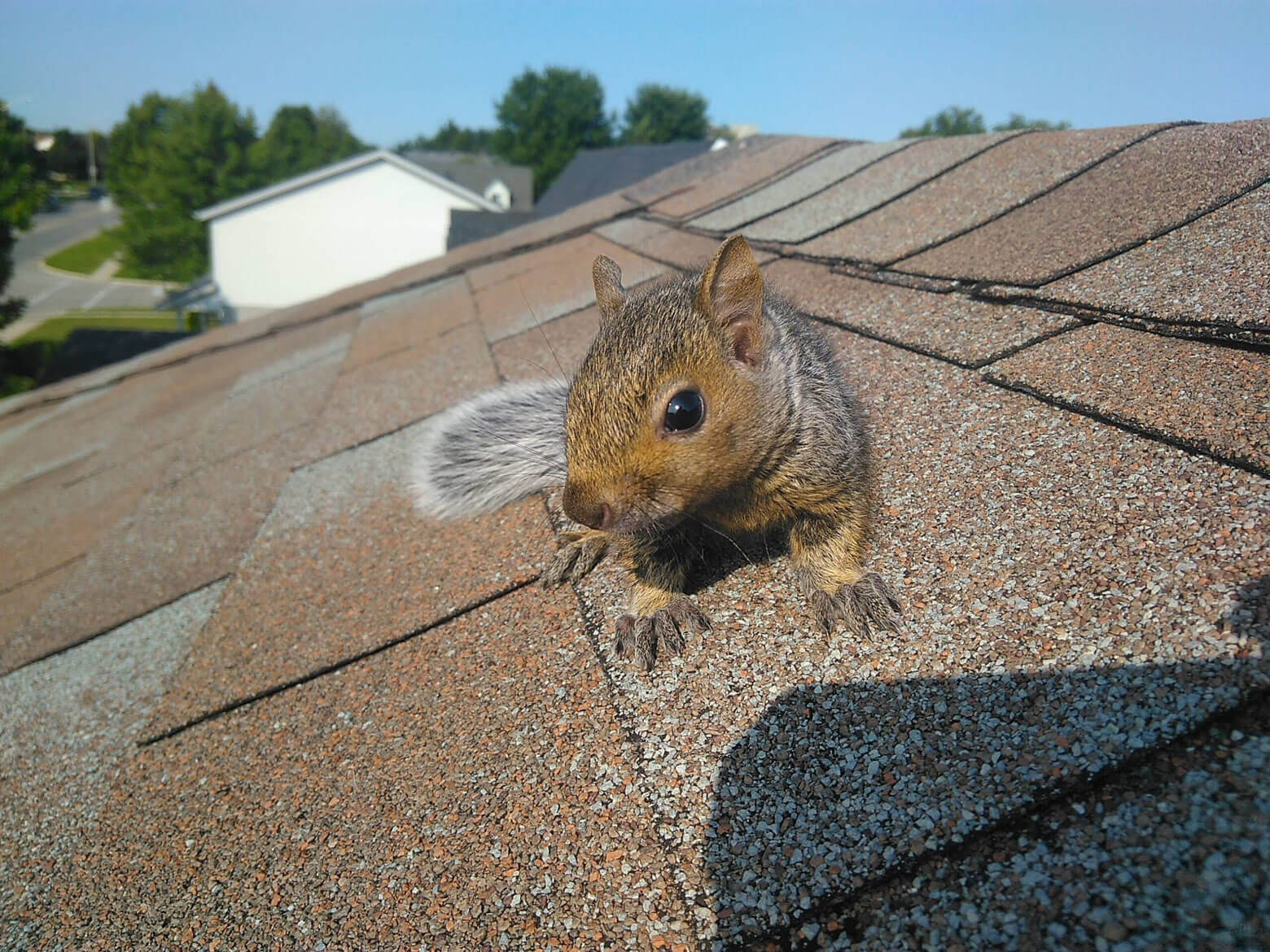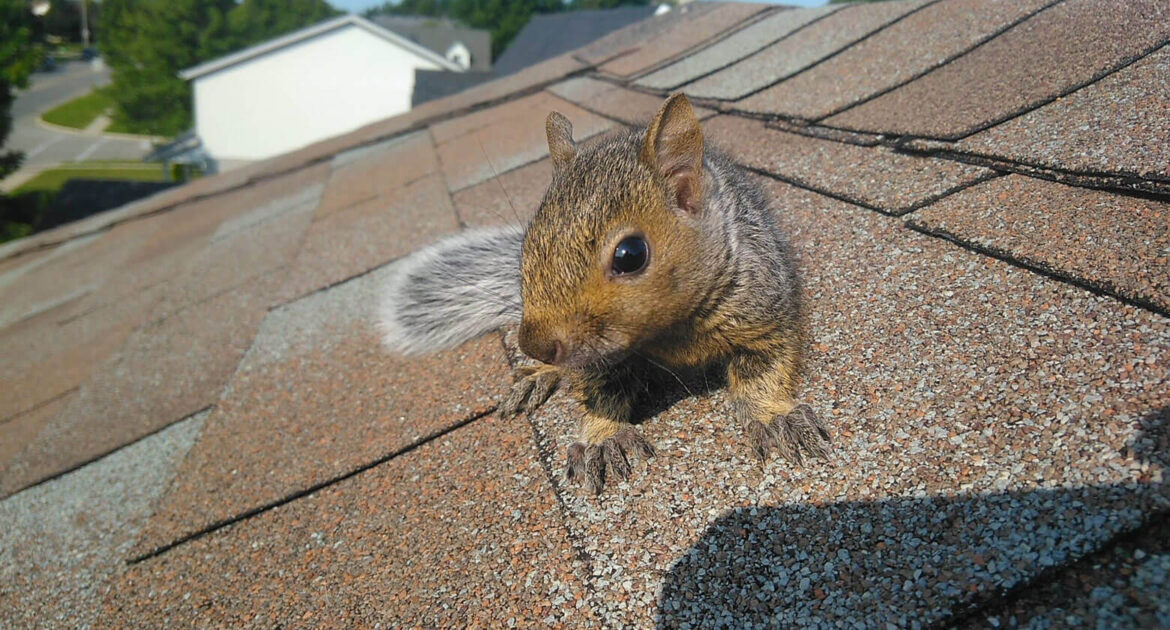While squirrels in your home may require squirrel removal in Waukesha, many people are not bothered by having the acrobatic rodents on their property as long as they stay outside where they belong because it is fun to watch their playful antics.
When observing squirrels, you may find that some have bald spots on their bodies where the fur is not growing normally. While this may look alarming, it usually isn’t anything to worry about. The squirrel may be diseased, but it will probably recover, and the diseases that cause fur loss in squirrels cannot spread to humans.
Why Do Squirrels Lose Their Hair?
There are three primary causes of hair loss in squirrels. If you see a squirrel with bald patches, you can assume that it is for one of these reasons:
- The squirrel may have inherited a gene from its parents that causes patches of skin with hair follicles that do not function or are completely absent. In this case, the squirrel has not lost its hair. In the affected areas of skin, it never had any in the first place. Though the animals affected never have normal hair growth, it does not appear to have an adverse effect on them.
- The most common cause of hair loss in squirrels is dermatophytosis, which is a fungal infection. It is a temporary condition; eventually, the infection is fought off by the squirrel’s immune system. The hair grows back, and the squirrel suffers no long-term ill effects. Fungal infections are more likely to occur during damp weather. They cause the hair to break off close to the root. However, while the spot on the squirrel’s skin appears bald, there is actually a fine stubble over the skin that is shorter than the squirrel’s normal hair.
- Furred animals like squirrels are susceptible to hair loss due to a condition called mange. It is caused by a parasitic infestation by small, eight-legged creatures called mites. To survive, the mites burrow under the skin of the squirrels. In addition to hair loss, this causes irritation and redness of the skin, which later becomes darkened, thickened, and drier than it used to be. The species of mites that cause mange in squirrels don’t spread to any other species.
What Should You Do if You See a Squirrel With Hair Loss?
You should not try to intervene directly with a squirrel with hair loss. For one thing, the squirrel may not be sick. The hair loss may be a genetic variation, about which you can do nothing. A fungal infection will resolve on its own, and even if you could heal a squirrel with mange, it would probably get reinfected because the mites that cause it are already living in the squirrel’s nest.
It is also not a good idea to try to handle squirrels. They are wild animals that fear humans, and if you try to pick them up, they may feel threatened and try to bite or scratch in self-defense. The diseases that cause squirrel hair loss do not spread to humans, but the rodents may carry other diseases that can, such as tularemia, salmonellosis, Lyme disease, and leptospirosis. Squirrels are not known to spread rabies to humans, but they are known to carry it.
If you want to help squirrels with hair loss, one thing you can do is to remove feeders that attract groups of squirrels from your yard. The infections that cause hair loss in squirrels spread through direct contact with one another.
Why Should You Contact Skedaddle for Squirrel Removal in Waukesha?
Another reason to avoid feeding squirrels is that, if they are attracted to your yard, they may get into your house and make a nest. This is more likely if you have trees next to the house as they can jump from the branches to the roof. We understand squirrel behavior and use our knowledge to remove them humanely from your home. Learn more about our services.




